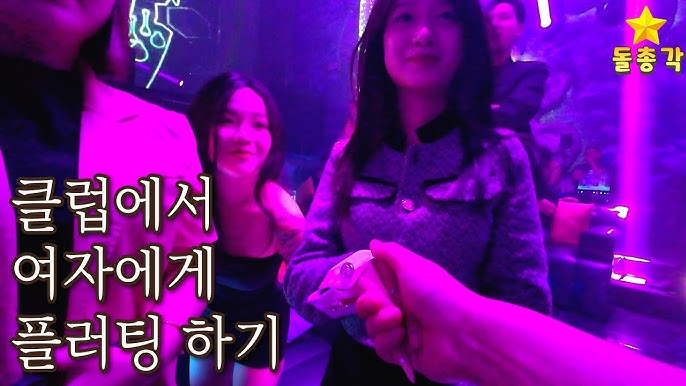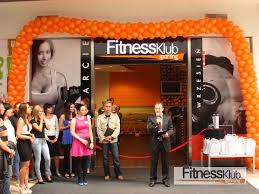As the sun dips below the horizon and the city lights flicker to life, a different kind of energy takes over. Nightlife, a vibrant tapestry of culture, entertainment, and social interaction, offers an escape from the routine and an invitation to experience the world in a new light. From 꼭 가야 한다면 필독 bustling clubs to quiet late-night cafes, the realm of nightlife is as diverse as the cities it enlivens. Let’s delve into the multifaceted world of nightlife and explore what makes it such an integral part of urban life.
The Evolution of Nightlife
Historically, nightlife was a luxury of the privileged few, with exclusive gatherings and private events defining the after-hours scene. Fast forward to modern times, and the concept of nightlife has democratized. Cities around the world now boast a myriad of options catering to various tastes, budgets, and lifestyles. The evolution reflects broader societal changes, including increased urbanization, technological advancements, and shifting social norms.
Nightlife and Culture: A Dynamic Duo
Nightlife often mirrors the cultural fabric of a city. In Tokyo, neon-lit streets and karaoke bars create a high-energy environment, while Paris offers sophisticated wine bars and chic nightclubs. Each city’s nightlife scene is a cultural expression, influenced by local traditions, artistic movements, and societal attitudes.
Music is a central player in this cultural exchange. From the jazz clubs of New Orleans to the electronic dance music (EDM) festivals in Berlin, different genres and sounds shape the nightlife experience. Clubs, live music venues, and underground scenes serve as platforms for both established and emerging artists, reflecting and shaping the musical tastes of the populace.
Social Dynamics After Dark
Nightlife is not just about entertainment; it’s also a crucial social activity. For many, the night is a time to connect with others, whether through casual meet-ups or organized events. The communal aspect of nightlife fosters a sense of belonging and offers opportunities for social networking and relationship-building.
The late hours also provide a space for self-expression and identity exploration. People dress up, let loose, and enjoy freedom that daytime routines often constrain. This aspect of nightlife allows individuals to shed societal expectations and embrace their true selves in a supportive environment.
The Rise of Alternative Nightlife
In recent years, there has been a notable shift towards alternative nightlife options. As people become more health-conscious and seek meaningful experiences, sober bars, wellness events, and late-night cultural activities have emerged. These alternatives cater to those who prefer a different kind of night out, focusing on activities that promote well-being and personal growth.
Additionally, the rise of virtual and hybrid events has expanded the reach of nightlife. Online parties, virtual concerts, and interactive experiences have become increasingly popular, allowing people to engage with nightlife from the comfort of their homes while still connecting with a global community.
Challenges and Future Directions
While nightlife is a vibrant and essential part of urban culture, it faces several challenges. Noise complaints, safety concerns, and the impact of alcohol and drug use are ongoing issues that cities and businesses strive to address. The COVID-19 pandemic also highlighted vulnerabilities in the nightlife sector, leading to temporary closures and a shift towards outdoor and socially distanced events.
Looking ahead, the future of nightlife will likely continue to evolve, driven by technological innovations, changing social attitudes, and environmental considerations. Sustainable practices, digital integration, and inclusive spaces are expected to play significant roles in shaping the next generation of nightlife experiences.
Conclusion
Nightlife is more than just a series of late-night activities; it’s a dynamic, ever-changing reflection of our society’s values, creativity, and social interactions. Whether you’re drawn to the pulsating beats of a nightclub, the quiet ambiance of a late-night café, or the innovative realm of virtual events, the essence of nightlife remains the same: it’s a celebration of life after dark, a canvas for cultural expression, and a testament to our collective need for connection and adventure. As cities continue to grow and change, so too will the vibrant world of nightlife, ever adapting to meet the desires and needs of those who seek to live life to the fullest after the sun sets.



